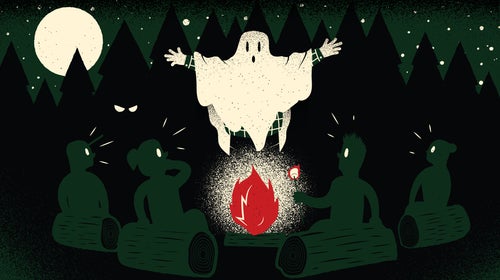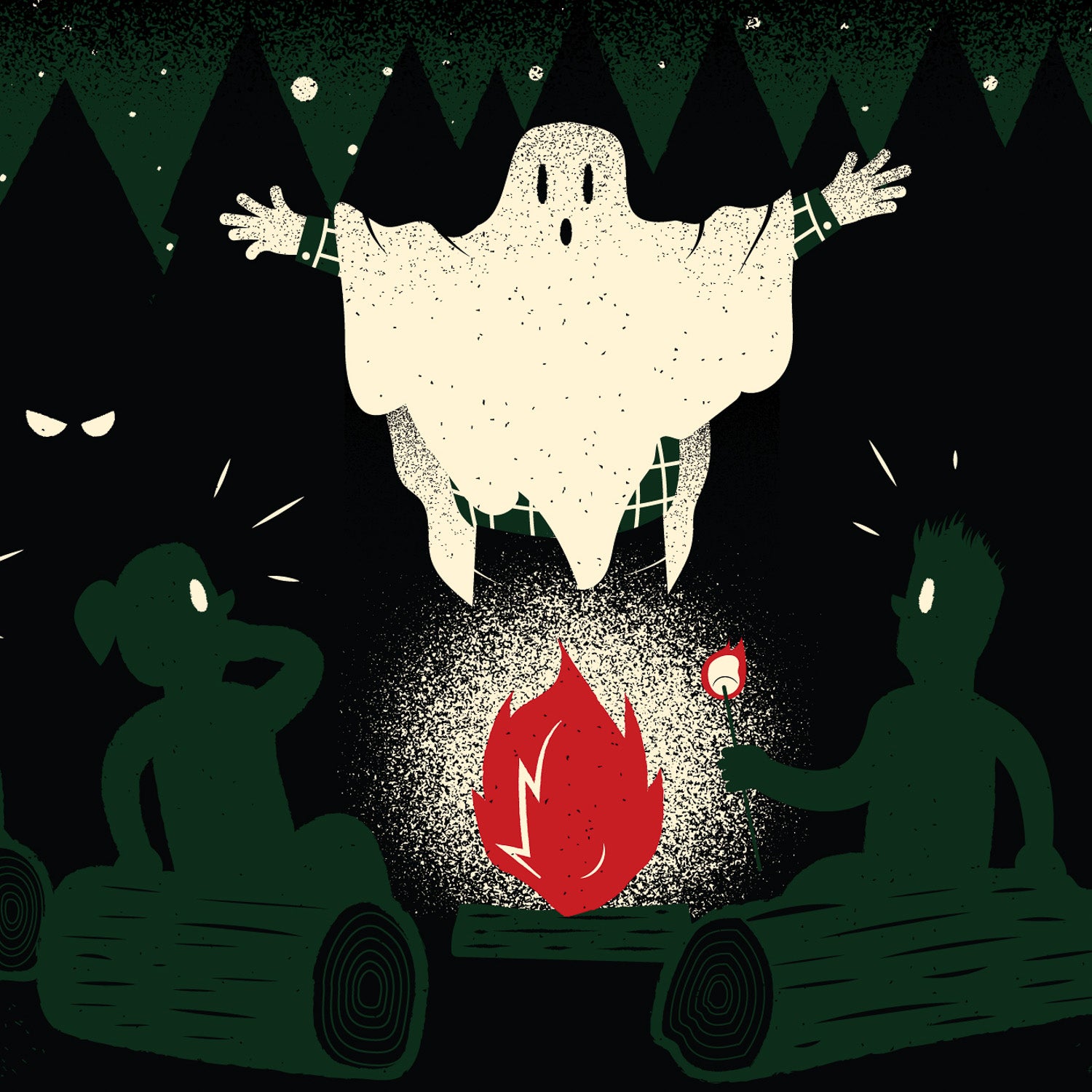Here’s one true short story that should do the trick, as excerpted from Haunted Hikes ($16; Falcon), available wherever books are sold September 1.
William Curtis may have been on the wrong side of 60, but he had a résumé’s worth of marquee peaks to his name. He was solidly built, with gamey calves that rippled as he climbed and, at 63, not only was he was still hiking, but he was also a contributing member of the acclaimed Appalachian Mountain Club.
On June 30, 1900, the mountaineer planned to tackle 6,288-foot Mt. Washington, the most prominent peak east of the Mississippi. It’s an impressive objective, though the ascent isn’t technical. The country’s oldest maintained foot trail, the Crawford Path, leads hardy hikers 8.5 miles straight to the top. That day, beneath midsummer’s clear, blue skies, Curtis and his climbing partner, fellow AMC member Allan Ormsbee, set out on the Crawford Path and started up. But, at some point, the weather turned.
It’s not entirely surprising that the conditions went sour on Mt. Washington—they often do. The average temperature on the summit is 27.3 degrees Fahrenheit. The average wind speed is 35 miles per hour. As of press time, the second-highest wind speed ever recorded had occurred on Mt. Washington’s cone: 231 miles per hour. Rough math indicates that a 70-miles-per-hour wind would be enough to overcome gravity and lift an average-size human off the ground. Two hundred thirty-one miles per hour? That’s just ridiculous.
The station on Mt. Washington’s summit only started recording weather data in 1933, so it’s impossible to say just how bad the conditions turned on June 30, but Curtis and Ormsbee never made it to the top. Ormsbee, only 29 years old, was found, days later, his body covered in cuts and bruises, just beneath the summit. He was less than a football field away from the crude shelter that could have saved his life. Curtis, meanwhile, was recovered near the Lakes of the Clouds, a tandem of sky-hugging tarns southwest of the summit, beneath 5,372-foot Mt. Monroe. He was roughly 1.5 miles away from the summit shelter and about the same distance from the safety of the trees below, caught in a fatal no-man’s-land.
A year later, the AMC built an emergency shelter in the col between Monroe and Big Wash—the exact spot Curtis had perished. It would become the Lakes of the Clouds Hut, the AMC’s highest shelter and home to at least one disturbed ghost.
After Curtis and Ormsbee succumbed to Big Wash, they were each memorialized where they died. A wooden cross near the Mt. Washington summit marked Ormsbee’s final resting place, while a bronze plaque commemorating Curtis was secured to a boulder in the saddle beneath Mt. Monroe. If passing hikers criticize the duo’s decision to press on for the summit after the weather turned, an unseen force supposedly pushes them or knocks them down.
The spirit of Curtis, in particular, is so disturbed that he refuses to remain in the col. According to local lore, AMC croomembers found Curtis’s plaque some years later, detached from the rock, in the threshold of the Lakes of the Clouds Hut. They would secure it to the boulder and, again, awake to it sitting in the doorway. This continued, without reason or explanation, until the plaque was bolted to the wall in the crew’s staff room inside Lakes of the Clouds Hut, away from the elements—and the wrath of Mt. Washington.


